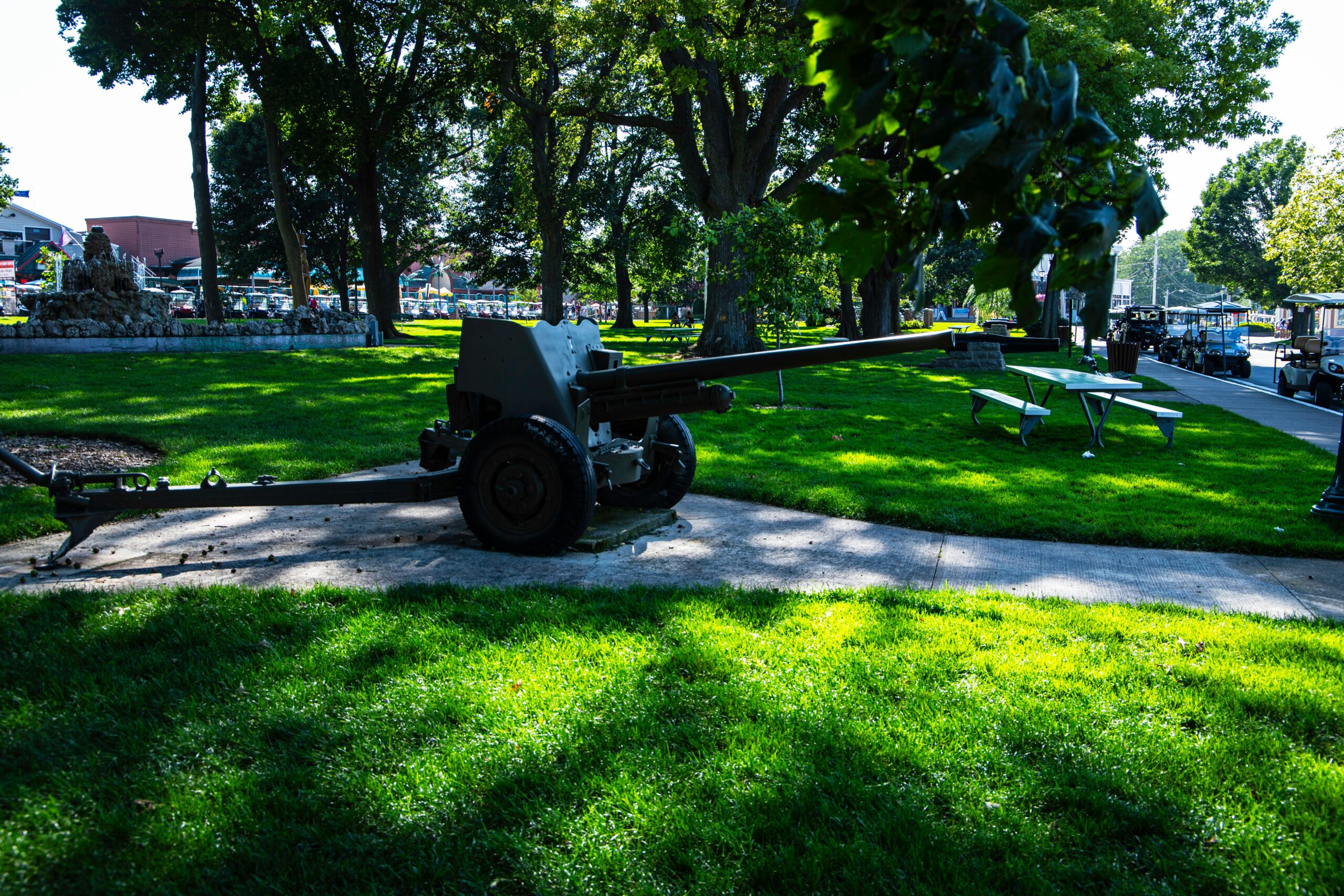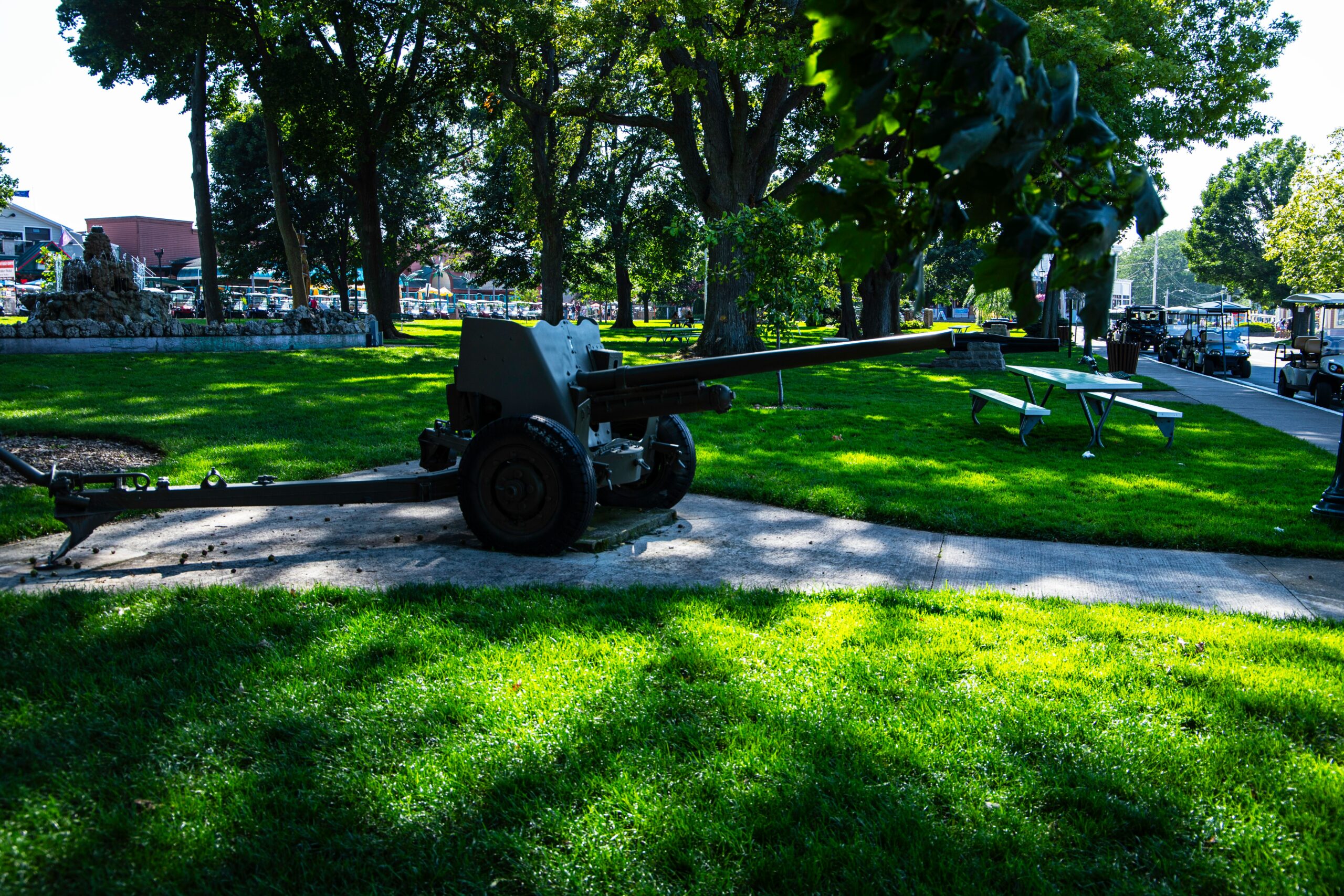
Introduction to the Current Situation
The Korean Peninsula has been a region marked by complex geopolitical dynamics and enduring tensions between North and South Korea. Recently, these tensions have escalated, underscoring the fragility of peace in the area. North Korea has ordered its artillery units to be placed on high alert, a significant military readiness posture that raises concerns not only within the Korean nation but among international observers as well. This maneuver follows a series of incidents involving drone activity, which have further exacerbated existing hostilities.
Historically, the North-South divide has roots that trace back to the end of World War II, culminating in the establishment of separate regimes in 1948. The subsequent Korean War (1950-1953) solidified this division, leading to an armistice that has yet to result in a formal peace treaty. Instead, a heavily fortified border, known as the Korean Demilitarized Zone (DMZ), now serves as a buffer between the two nations. Over the decades, episodes of military aggression, propaganda exchanges, and nuclear weapons development have become emblematic of the North’s strategy towards the South, casting a long shadow over diplomatic efforts aimed at reconciliation.
The recent military orders from North Korea signal an actionable response to perceived provocations, reflecting the nation’s ongoing focus on defense readiness amid regional uncertainties. Such developments are integral to understanding the complex fabric of interactions that define North and South Korean relations today. The escalation of military readiness not only poses a threat to regional stability but also highlights the delicate balance of power in the context of international diplomacy. As the situation unfolds, the eyes of the world remain fixed on the Korean Peninsula, awaiting further developments that could impact global security.
North Korea’s Military Preparedness
In light of recent events surrounding alleged drone flights over its capital, Pyongyang, North Korea has reacted by enhancing its military preparedness. The North Korean regime, under the leadership of Kim Jong-un, has issued explicit orders to its artillery units, mandating that they be fully operational and armed. This decision underscores the nation’s commitment to maintaining a robust defensive posture amid external threats, which often inflame tensions on the Korean Peninsula.
Following the reports of unauthorized drone incursions, which North Korea perceives as a direct challenge to its sovereignty, the military response has been swift and deliberate. Artillery units across various strategic locations have been placed on high alert, a move aimed at deterring any potential aggression and demonstrating North Korea’s readiness for combat. This heightened state of alert reflects not only a reaction to the immediate situation but is also indicative of North Korea’s broader defense strategy, which prioritizes military readiness in the face of perceived threats from adversaries.
The military preparedness of North Korea is not new; it has been a cornerstone of Kim Jong-un’s rule, characterized by frequent military drills and weapons tests aimed at showcasing strength. The recent directive to artillery units to remain operational aligns with the regime’s long-standing approach to bolster its overall defense capabilities, ensuring that its forces are poised to respond effectively should situations escalate. Furthermore, the mobilization of forces in such a manner can also be seen as a calculated move to project power domestically and internationally, reinforcing the regime’s narrative of resilience against external pressures.
As tensions continue to rise on the Korean Peninsula, the implications of North Korea’s military orders are significant, emphasizing the importance of monitoring the developments closely. This scenario highlights the delicate balance that exists in the region, necessitating ongoing dialogue and diplomatic engagement to prevent further escalation of hostilities.
The Response from South Korea and Implications for Regional Security
In light of North Korea’s recent orders to place its artillery units on heightened alert, South Korea has adopted a vigilant and proactive approach to ensure national security. The South Korean defense ministry promptly issued statements emphasizing readiness to respond decisively to any provocations. This response underscores a commitment to safeguarding not only its territorial integrity but also the welfare of its population in the face of increasing military threats from the North.
The South Korean military has intensified its monitoring of North Korean activities, incorporating advanced intelligence measures and participation in joint exercises with allied forces, notably the United States. Such collaborations are designed to bolster defensive capabilities and enhance operational readiness should escalation necessitate military action. Furthermore, Seoul’s stance includes a call for restraint from Pyongyang, advocating for dialogue as a means to diffuse tensions on the peninsula.
The implications of these rising tensions extend beyond the Korean Peninsula, affecting broader regional security dynamics in East Asia. Countries such as Japan and China closely observe the situation, given its potential to destabilize the region. Japan, in particular, has heightened its defense discussions, while China seeks to maintain influence over North Korea to prevent a humanitarian crisis that could result from military confrontation. The presence of U.S. forces in South Korea remains a critical factor as these superpower dynamics play a pivotal role in shaping security protocols and diplomatic negotiations in connection with North Korea.
Ultimately, the escalating military rhetoric serves as a reminder of the fragile state of peace on the Korean Peninsula. It fosters an environment wherein all parties involved must balance military preparedness with diplomatic engagement to prevent inadvertent conflict. As South Korea continues to navigate this complex scenario, the welfare of its citizens and the overall stability of East Asia remain deeply intertwined.
Analysis of North Korea’s Strategic Intentions
North Korea’s recent military maneuvers, particularly the order to place artillery units on alert, have raised significant concerns regarding the regime’s strategic intentions. Understanding these motivations requires a multifaceted analysis that considers both internal and external factors influencing the North Korean leadership. One prominent theory suggests that these actions are designed to bolster Kim Jong-un’s standing domestically, reinforcing the notion of a strong, proactive leader. By demonstrating military readiness, the regime aims to solidify its power structure and deter potential dissent within the country.
Furthermore, this escalation can be interpreted as a calculated move to provoke a reaction from South Korea and its allies, particularly the United States. The North Korean regime often utilizes military threats as a means to extract concessions during diplomatic negotiations or to divert attention from internal issues, such as economic challenges or widespread discontent. By showcasing military capabilities, North Korea seeks to assert its influence and remind its counterparts of the potential costs of inaction.
In the context of regional dynamics, these actions may serve to exacerbate tensions on the Korean Peninsula, complicating the prospects for peace and diplomacy. The message conveyed by North Korea’s increased military posture is multifaceted. It not only signals a defiance of international norms but also serves as a strategic reminder to South Korea and the United States about the potential ramifications of continued sanctions or military exercises in the region.
The broader implications of these developments extend beyond immediate security concerns. They necessitate a critical examination of diplomatic strategies employed by neighboring countries and the international community. As North Korea’s assertive behavior continues, it emphasizes the urgent need for dialogue aimed at reducing hostilities and fostering stability. Understanding the intricacies of North Korea’s strategic intentions is crucial for forming effective policy responses that address both the challenges and opportunities for peace on the Korean Peninsula.
